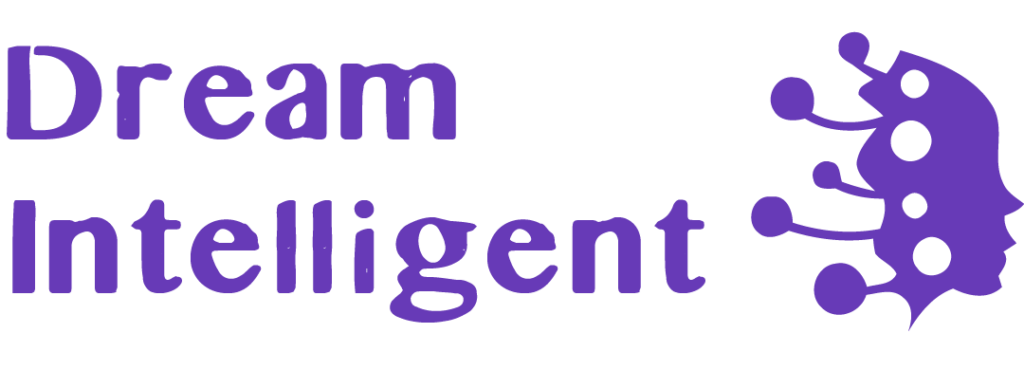I work at the intersection of AI strategy, applied intelligence, and education, supporting organizations and leaders in understanding and applying AI.
My professional path combines AI consulting for industry, academic research, and university-level teaching, allowing me to move fluidly between theory, practice, and learning. This combination shapes how I approach AI: not just as a set of tools, but as a capability that needs clarity, and thoughtful integration.
Academic Background
I earned my Master’s degree in mathematics from Sharif University of Technology, Tehran, Iran and my PhD in mathematics from Rutgers University, New Brunswick, New Jersey. I have taught and done research at Center for Quantum Geometry, Denmark, Uppsala University, Sweden, Biocomplexity Institute at the University of Virginia, and the Sharif Energy, Water and Environment Institute. I am currently a professor of mathematics and computer science at Shiraz University, Shiraz, Iran.
Consulting & Advisory Work
I advise organizations on how to identify, prioritize, and implement AI opportunities aligned with their strategic goals and real operational constraints.
My consulting work typically includes:
- AI strategy and opportunity identification
- Data and analytics readiness assessment
- Use-case prioritization and roadmap design
- Executive-level workshops and leadership briefings
- University–industry collaborative projects
My focus is on long-term value, rather than short-term experimentation or hype.
Academic Research
I have an academic background in AI-related research, with work spanning areas such as data analysis, natural language processing, patent analysis and technological forecasting.
Research plays an active role in my work:
- It keeps my thinking anchored in fundamentals
- It sharpens my ability to evaluate claims critically
- It informs my perspective on emerging technologies
- It supports evidence-based decision-making
Rather than separating research and practice, I use research as a way to bring depth and realism into strategic conversations.
My research interests are described on the research page.
University Teaching & Education
Alongside my consulting and research work, I teach at the university level, designing and delivering courses in areas related to AI, data-driven analysis, and computational thinking.
In academic settings, I focus on:
- Conceptual clarity and first principles
- Connecting theory to real-world applications
- Helping students develop independent judgment
- Encouraging depth over memorization
This university teaching experience directly influences my work with executives and organizations: it strengthens my ability to structure complex material, explain it clearly, and guide others toward understanding rather than instruction-following.
My teaching material can be found here.
Executive Education & Workshops
In addition to university education, I design and deliver executive and professional AI education for leaders and senior professionals.
These sessions are:
- Strategic rather than technical
- Interactive rather than lecture-based
- Grounded in real organizational challenges
They often serve as a bridge between learning and consulting, helping leadership teams build shared understanding of AI before moving into action.
A Note on My Teaching Approach
At the core of my teaching and advisory work is an emphasis on presence, attention, and awareness.
I believe that real learning—and good decision-making—requires more than information. It requires the ability to pause, observe, and see situations clearly, especially in complex and uncertain environments such as AI-driven transformation.
This perspective subtly informs how I teach, facilitate discussions, and work with leaders: with calm focus, respect for complexity, and attention to the human side of technology.
How These Roles Come Together
My work integrates three complementary roles:
- Consultant — focused on strategic choices and implementation
- Researcher — focused on rigor, depth, and long-term perspective
- Educator — focused on understanding, clarity, and transformation
Together, they allow me to act as a bridge between advanced AI concepts and real-world organizational decision-making, across academic and industry contexts.
Whom I Work With
I work with:
- Corporates and project-based organizations
- Leadership teams and senior decision-makers
- Universities and industry partners
- Professionals seeking strategic understanding of AI
Engagements often begin with education or advisory sessions and evolve into deeper consulting collaborations.
Let’s Connect
If you are interested in AI strategy grounded in research, education, and thoughtful practice, I would be glad to explore how we might work together.

